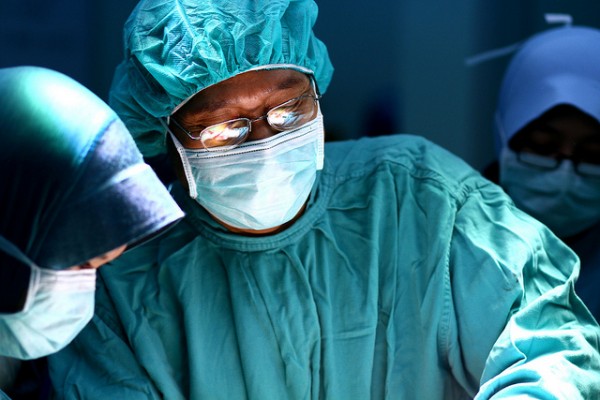Scientists Regrow Muscle Tissue in Traumatic Injury Patients

Scientists have successfully regrown normally "irreparable" muscle tissue following traumatic injuries using a combination of animal tissue transplant and stem cell therapy, according to a new study,
The study, published in Science Translational Medicine, details how researchers were able to successfully repair the muscles of five patients with massively damaging wounds after inducing substantial muscle regret with pig tissue and intensive physical therapy.
According to the study, all five patients had initially experience traumatic injuries -- three of which had been sustained during military service in Iraq and Afghanistan-- that had inflicted irreversible damage upon their leg muscles.
According to Dr. Stephen Badylak, a lead researcher for the study, with most injuries like that, there is normally no coming back. When the gap between remaining muscle tissue is too large, the normal healing process can't occur, and the body results to filling that gap with scar tissue -- permanently causing a loss of muscle function around that wound.
However, researchers drew inspiration from previous organ growth research involving stem cells and lab-made cellular "scaffolding," theorizing that if scaffolding could be placed in the wound, new cells produced by a patient's adult stem cells could be guided into repairing the muscle.
And that's exactly what they wound up successfully doing. Using a tissue from a pigs bladder, which is both biodegradable and remarkably genetically similar to human tissue -- as to avoid rejection -- researchers made a collagen-based "extracellular matrix" that would both trigger adult stem cells to produce new muscle tissue and guide these news cells to where they need to go to repair the muscle.
Follow each of the five procedures -- and coupled with significant physical therapy -- the traumatic injury victims were able to report at least a 25 percent improvement in function of their leg muscles.
Remarkably, each of the patients had 58 to 90 percent of muscle on one of their legs repaired.
Of course, this procedure is still very new and it will be a long-time-coming before it is through safe enough for regular use in hospitals. Still, this small sample-size study offers some hope to victims of one thought irreparable muscle injury.
The study was published in Science Translational Medicine on April 30.
May 01, 2014 02:29 PM EDT





